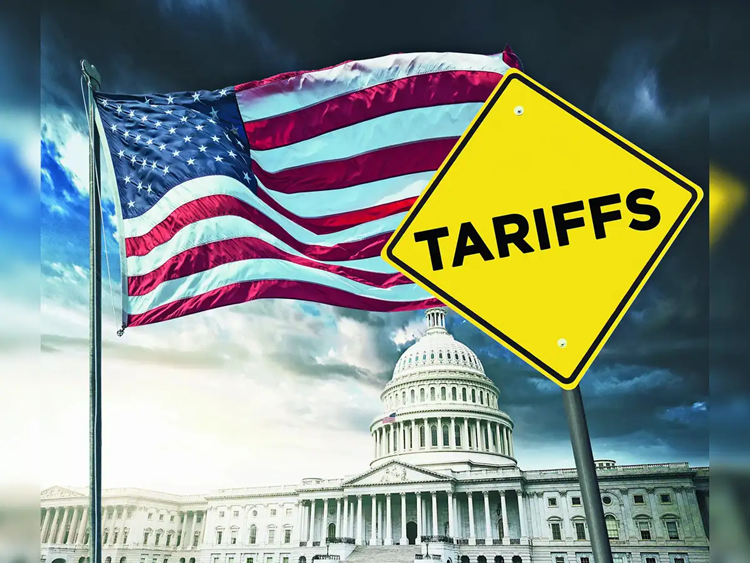"Counterfeiting is a huge risk to fashion companies and is reportedly worth $450 billion. According to the UK’s Anti-Counterfeiting Group, counterfeiting and theft of intellectual property fuels drugs smuggling and cases of human trafficking. The Burberry statement says the company has careful processes in place to minimise the amount of excess stock produced. On the occasions when disposal of products is necessary, they do so in a responsible manner and continue to seek ways to reduce and revalue waste."
 Luxury fashion brand Burberry is on a fast track to transform its business model, which redefines waste and embeds the circular economy into an industry pierced with fast fashion discrepancies. The announcement came just after the brand burned more than £28m worth of stock over the past 12 months. But it is not alone in burning its defective, unused stock. Industry giants such as H&M and Nike have been following such a practice in order to protect brand prestige and intellectual property.
Luxury fashion brand Burberry is on a fast track to transform its business model, which redefines waste and embeds the circular economy into an industry pierced with fast fashion discrepancies. The announcement came just after the brand burned more than £28m worth of stock over the past 12 months. But it is not alone in burning its defective, unused stock. Industry giants such as H&M and Nike have been following such a practice in order to protect brand prestige and intellectual property.
Counterfeiting is a huge risk to fashion companies and is reportedly worth $450 billion. According to the UK’s Anti-Counterfeiting Group, counterfeiting and theft of intellectual property fuels drugs smuggling and cases of human trafficking. The Burberry statement says the company has careful processes in place to minimise the amount of excess stock produced. On the occasions when disposal of products is necessary, they do so in a responsible manner and continue to seek ways to reduce and revalue waste.
Burberry, which has been included in the Dow Jones Sustainability Index for three consecutive years, is keen to lead this transformation. Pauline Bohl, Responsibility Programme Director, Burberry says the luxury fashion brand is turning to collaboration and innovation to kick start a journey that pushes Burberry and the industry towards a resource revolution that promotes closed-loop practices. One of the goals for 2022 is to revalue waste. Burberry recognises the need to address the issue of waste, which is a huge one for the industry and to invent new approaches that view waste as a resource. The company intends to foster business models that keep clothes in use. Luxury is quality, it is built to last and it’s the core of its products and customer expectations. The second area of work is creating renewable materials.
lead this transformation. Pauline Bohl, Responsibility Programme Director, Burberry says the luxury fashion brand is turning to collaboration and innovation to kick start a journey that pushes Burberry and the industry towards a resource revolution that promotes closed-loop practices. One of the goals for 2022 is to revalue waste. Burberry recognises the need to address the issue of waste, which is a huge one for the industry and to invent new approaches that view waste as a resource. The company intends to foster business models that keep clothes in use. Luxury is quality, it is built to last and it’s the core of its products and customer expectations. The second area of work is creating renewable materials.
Prevailing situation
In the UK, an estimated 300,000 tons of clothing and fashion waste ends up in landfill each year. It is largely driven by fast fashion phenomenon; the accelerated production of cheap clothing that encourages consumers to purchase more items frequently. For luxury brands like Burberry, it is of paramount importance that counterfeit products of items don’t end up in this high-turnover cycle.
Ellen MacArthur Foundation’s report finds the UK economy loses £82 million through landfilling of clothing and textiles annually. Taking due cognizance of the situation, Burberry is keen to partner on solutions that make products more durable and reusable. The company is a core partner of the Make Fashion Circular initiative from the Ellen MacArthur Foundation, a project to create business models which will keep garments in use, utilise materials which are renewable and find ways of recycling old clothes into new products. Aforementioned companies Nike and H&M are also signed up to the initiative.
The Burberry Foundation, set up as an independent charity and awarded £3 million to the Royal College of Art to establish the Burberry Material Futures Research Group, the first of its kind in the world, and expand the Burberry Design Scholarship Fund. The Research Group is one of the first to utilise Science, Technology, Engineering, Art and Mathematics (STEAM) research to apply radical thinking to invent more sustainable materials. The ambition of the program is to inspire and get the industry to think about the circularity issue and potential.
Way ahead
Burberry is keen for its products to not only drive circularity but also improve sustainability of the supply chain. Another key pillar for the company’s 2022 goals is to ensure that 100 per cent Burberry products have at least one positive attribute. The attributes can range from using cotton sourced through the Better Cotton Initiative, leather from certified tanneries, or ensuring the person who made the garment is paid a living wage. To date, 14 per cent of Burberry products have more than one positive attribute while 28 per cent have one. Burberry is just starting out on this journey to promote circularity. Bohl says, all consumers are becoming more aware of the impacts of their purchasing decisions. There is an expectation that being in luxury means they are doing business in a responsible way.












